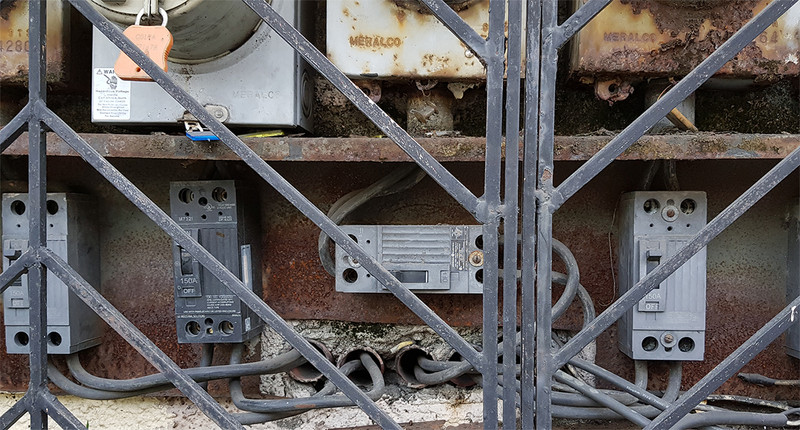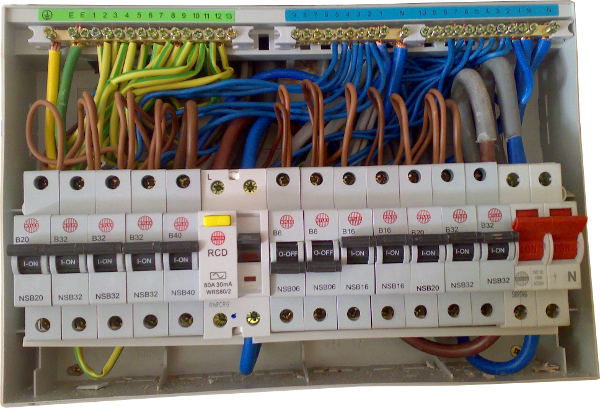kwired
Electron manager
- Location
- NE Nebraska
- Occupation
- EC
"Incident energy" is what determines how dangerous the arc flash is. Not every incident will be the same.Ok. Thanks for the info. Need to convince the neighbors. Lol.
Well. I'm presently studying about arc flash. How many current in a wire before it can become explosive enough to injure the electrician?
https://www.youtube.com/watch?v=6hpE5LYj-CY
Once I saw an electrician trying to connect a breaker live. Although there is no direct connection between two terminals. There are carbon sooths, and this created a small arc flash enough to injure him. After that. I won't even go near an electrician when he fixed stuff. And also staying from the electronic or electrical engineering field as it's very dangerous field.
In the Philippines where electricians don't have to worry about neutral and grounding, but just able to connect the red and black wires without even polarity. Many of them are doing it live (only skill they can boost that cut them above ordinary folks). I know this is very dangerous. Many of them don't even know what is arc flash.
I want to share them this so they be more careful. In a basic home panel. What usually is the current before the arc flash can occur similar or even half the video (above) intensity?
And if AFCI are installed. Can it totally prevent it or just diminish the intensity (by how many percentage)?
Safety policies will calculate a maximum expected incident energy level to determine what PPE is necessary to work on a particular piece of equipment. A lot of times you aren't permitted to work live but must still don protection to take voltage readings to ensure it is dead before working on it.
Said incident energy level calculations take the available fault current as well as the trip curve of overcurrent devices into consideration, but it is still a little more complex than just those two items, high current for short time can still release less overall energy than a lower current for longer time.



















